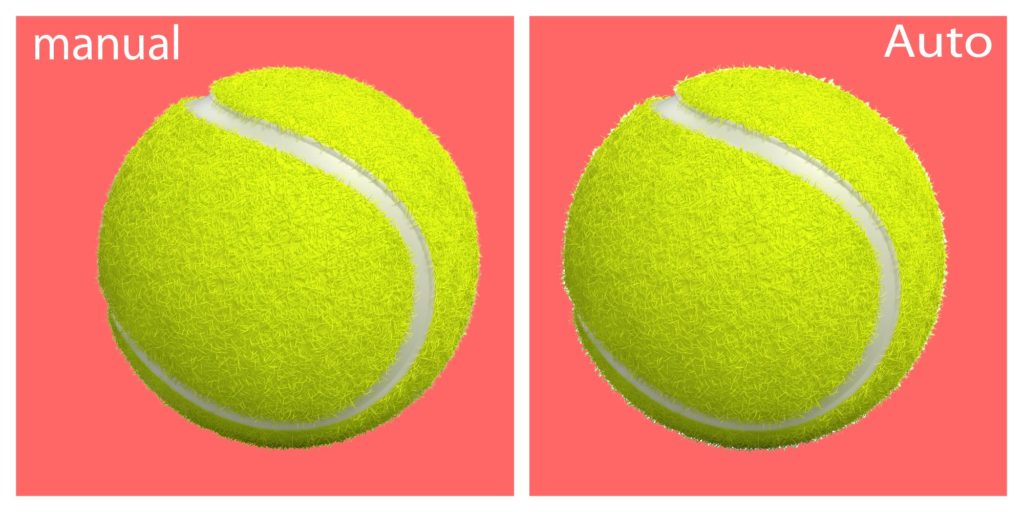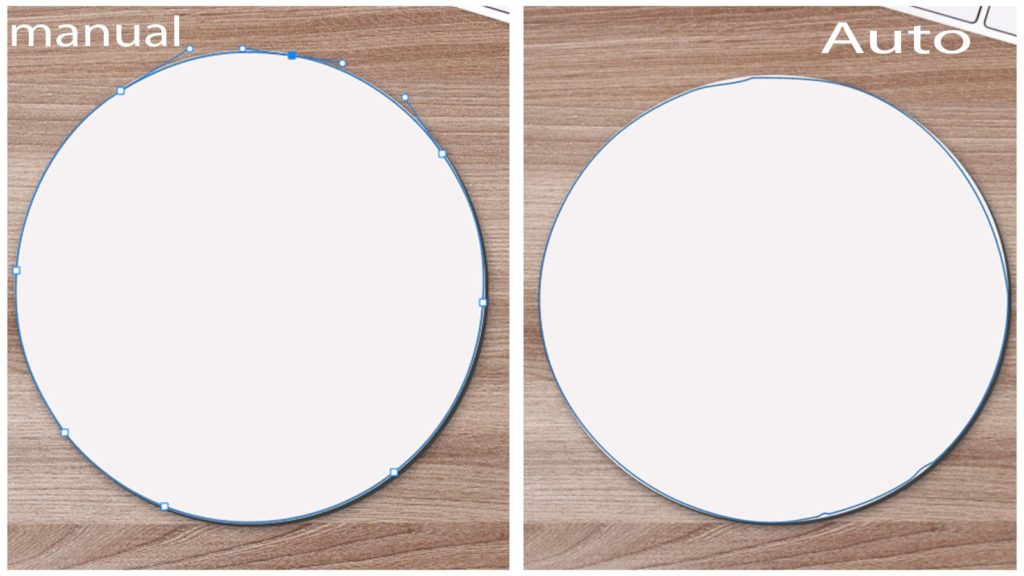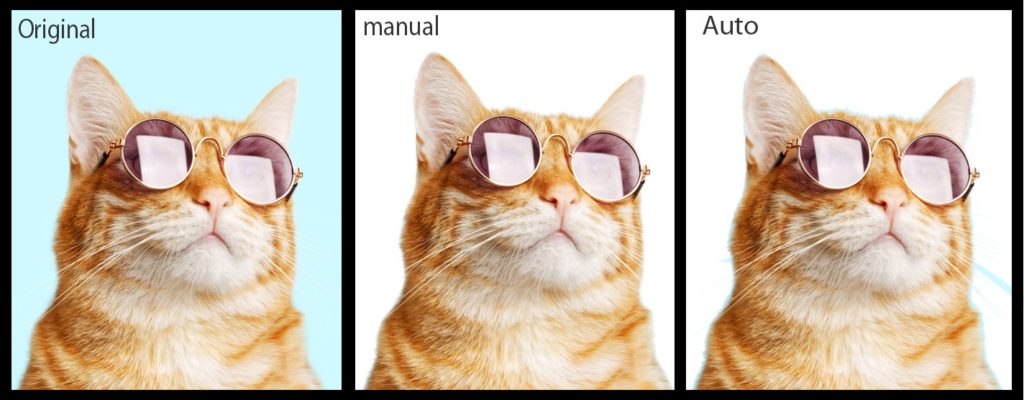We are not opposed to automated image editing and we will demonstrate you the advantages of manual image editing and how it can be preferred. The explosion of technology advancement has been seen in the world in recent times. It has provided several new doors of expertise, skills and careers. But there is also another side of the coin. And what’s that? Two camps have been developed in a world marked by the automation, robotics and artificial intelligence: those who think robots are going to steal our jobs and others are saying, “Bring it.”
Image editing isn’t out of it either. There will be some resistance to the fact that automated photo editing works might ever replace artists when it happens to photography and other artistic fields. In fact, for reasons that differ from ownership of the development to a greater sense of continuity to the perception of a more established esthetic, many photographers still recommend movies over digital ones. However, by integrating such automated components into a workflow the repetitive, tedious and time-consuming sections of photograph work can be eliminated and modern technologies and even new ways of photography can be made possible. But we don’t oppose automated photo editing services basically. In this section, we will attempt to show you how critical and preferable the manual photo editing is.

As automatic image editing applies, there are so many limitations. Automated tools, for example, do not evaluate visual considerations such as expressions, picture color, or font size. The user interface and customer experience cannot be checked by automation testing. The only observable and manual photo editing improvements in these can be made, meaning that not all photo editing is possible using automated software. For images with a given path as consumers, including user interface and constantly updated, manual edit is preferable. As auto photo editing meaning is automatic image editing. They are robotic, and cannot be edited like a true graphic designer. On the other hand, manual editing gives a designer a flawless look. In addition, a designer can easily edit these if any flaw or mistake occurs.

Many times there are cases where the photo editing works are done under the strict deadline. Time and accuracy of features play an important role in this. The designer must now configure multiple images, program them into the automated process, and then perform the editing work before starting automatic editing. But the manager can easily monitor and display the results with manual testing. Automatic editing can save time but does not allow for fast and easy testing of ideas. The re-editing operations, which have already been completed, cannot be run again in a perfect manner that uses the automated editing process.
The only choice during the initial development process is manual editing. The designer will automate the core things within the workflow if the output or image editing works is in the simulation process and stable. In addition, several editing defects have been noted for manual observation instead of automated photo editing. It is also quick to rectify them. Negative quality checking which including error, may be performed further rigorously by manual editing for the defect.

The automation method would only lead to failure if editing fails and could not execute a workaround to modify other parts even if one thing failed. That only works out in this editing manual. This checks the entire production chain and manually performs each editing stage. One major benefit of manual editing involves ease of performance for customized image manipulation in accordance with the specified specifications and deliverable input-output as mentioned between the provider and customers of image editing services. It can also be implemented through fancy coding and special applications, with complete ease and accuracy.
Our suggestion for manual image manipulation is for this purpose. We want to say again that we are not opposed to automated editing of images. We just stressed the fact that some incredible stuff can be done by the human hands, eyes and brain that a machine cannot do by it.